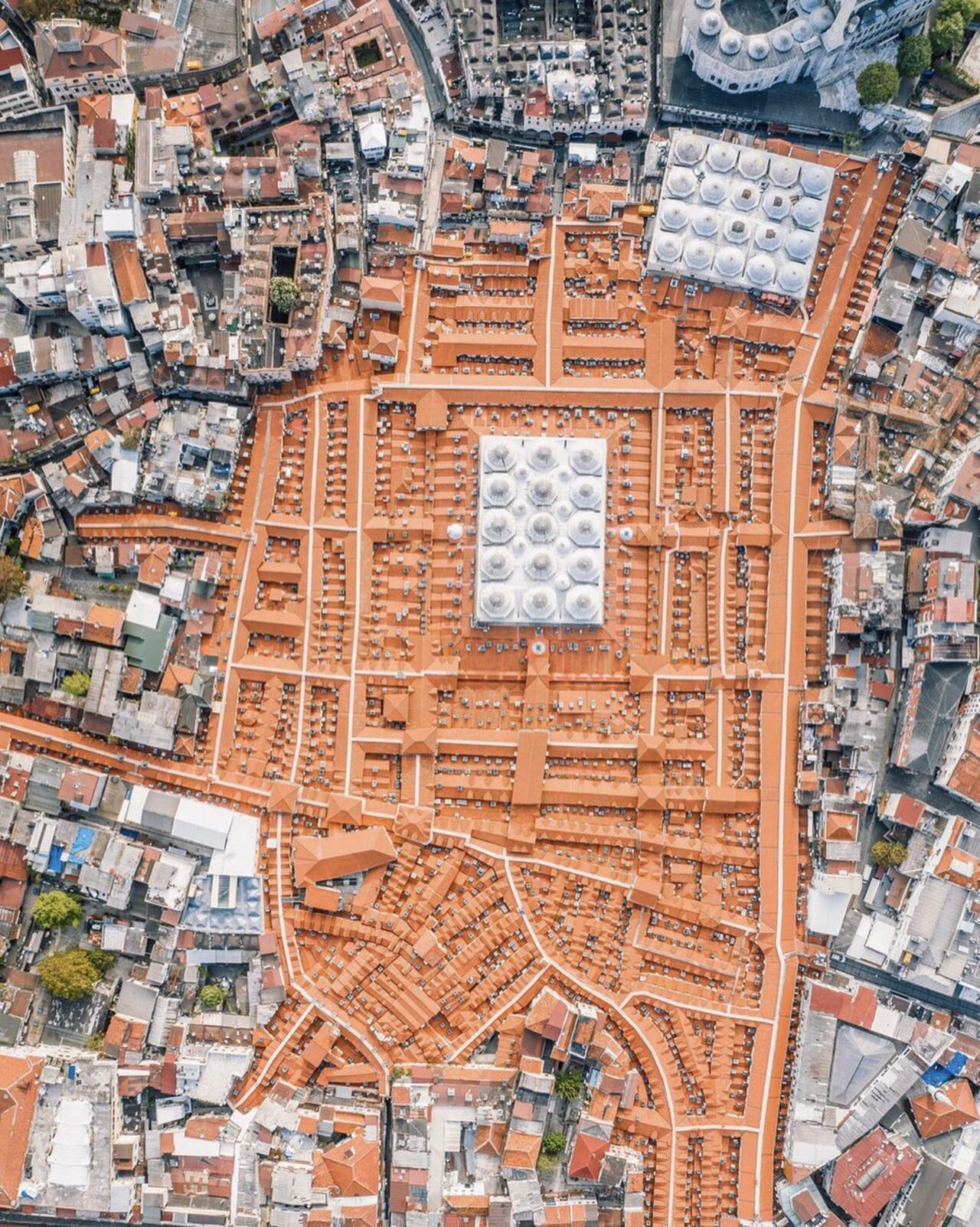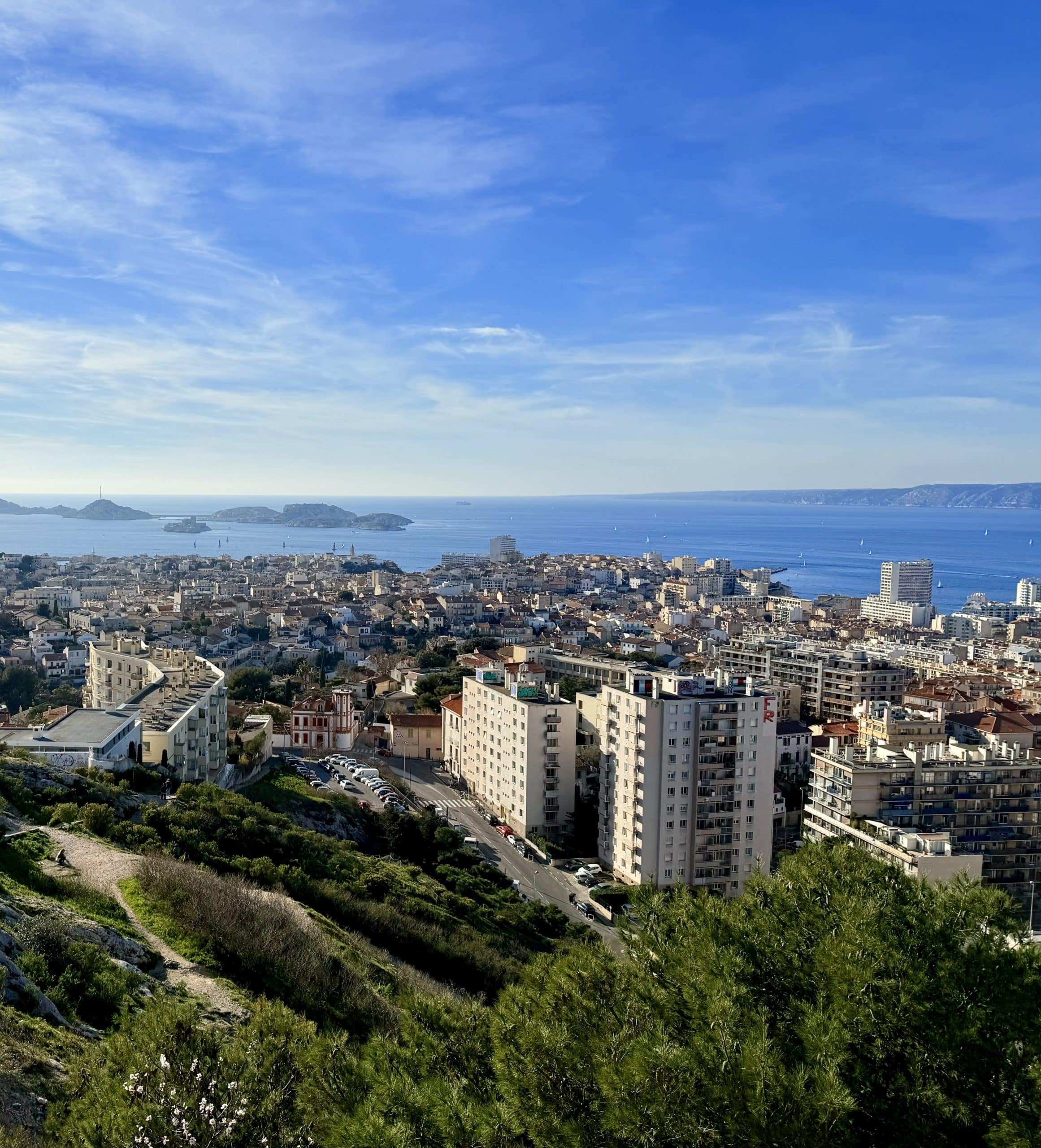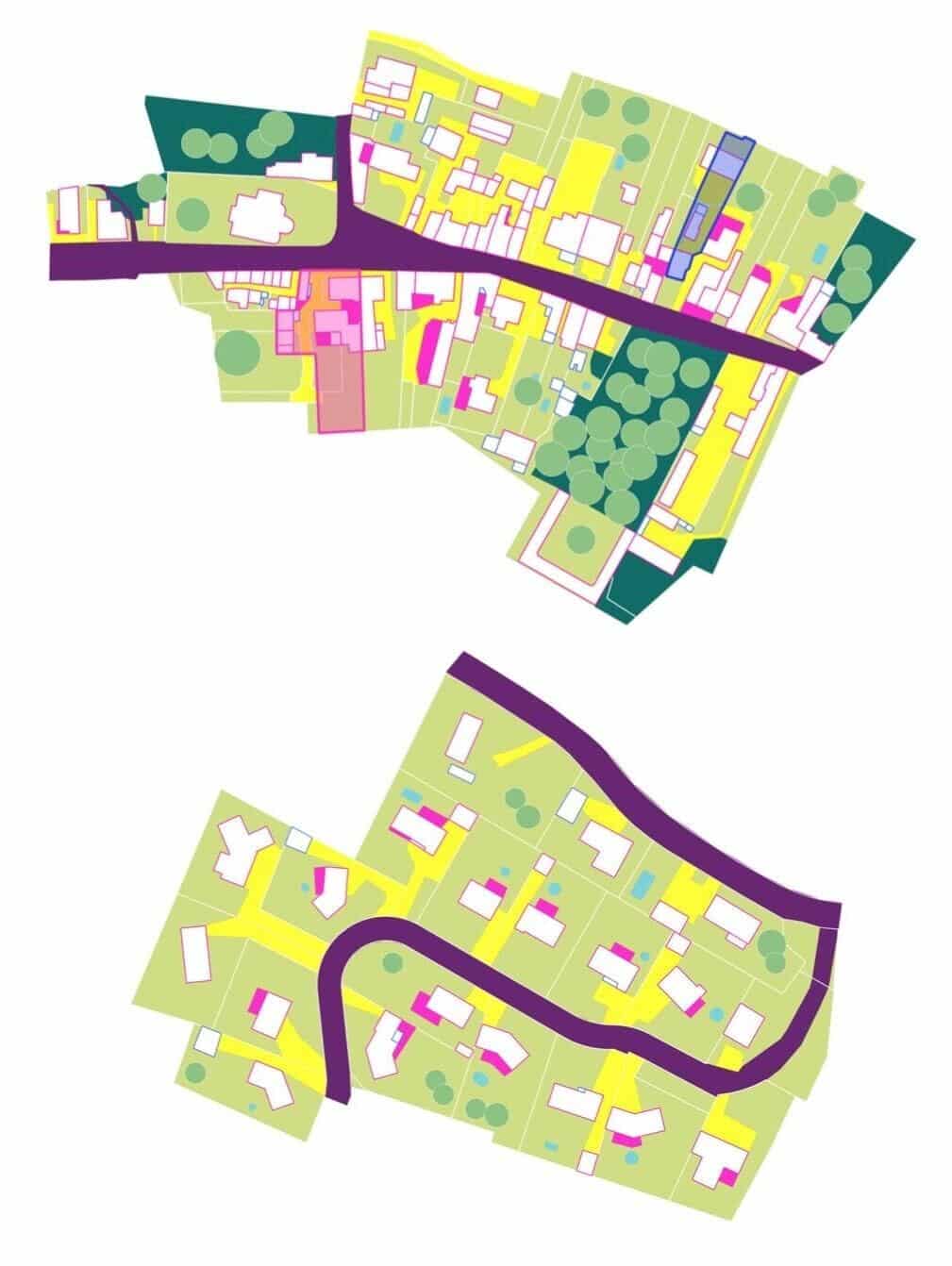Let’s continue this series of posts on fine granularity in urbanism with a question that came to me when I discovered an aerial photo of the Grand Bazaar in Istanbul :
Can incremental development give rise to monumental urban forms ?
1. A whole city under one roof
It is natural to associate fine granularity

 (small plots, relatively autonomous from one another in their capacity to adapt and evolve) with the idea of the
(small plots, relatively autonomous from one another in their capacity to adapt and evolve) with the idea of the human
scale : that of the house, the home, or the family business.
It evokes adjustment, proximity, tailor-made solutions—but rarely monumentality.
And yet, when we look at the great western façade of Notre-Dame de Paris, an aerial view of Manhattan, or this organic plan of the Grand Bazaar in Istanbul, we perceive a form of grandeur all the more powerful because it is almost devoid of gesture
.
Founded in 1455 under the reign of Mehmet II, expanded over centuries with no master plan, the Grand Bazaar evolved like a living organism: rebuilt after fires, reinforced after earthquakes, it grew through successive additions, stall by stall, until it became a city within the city
.
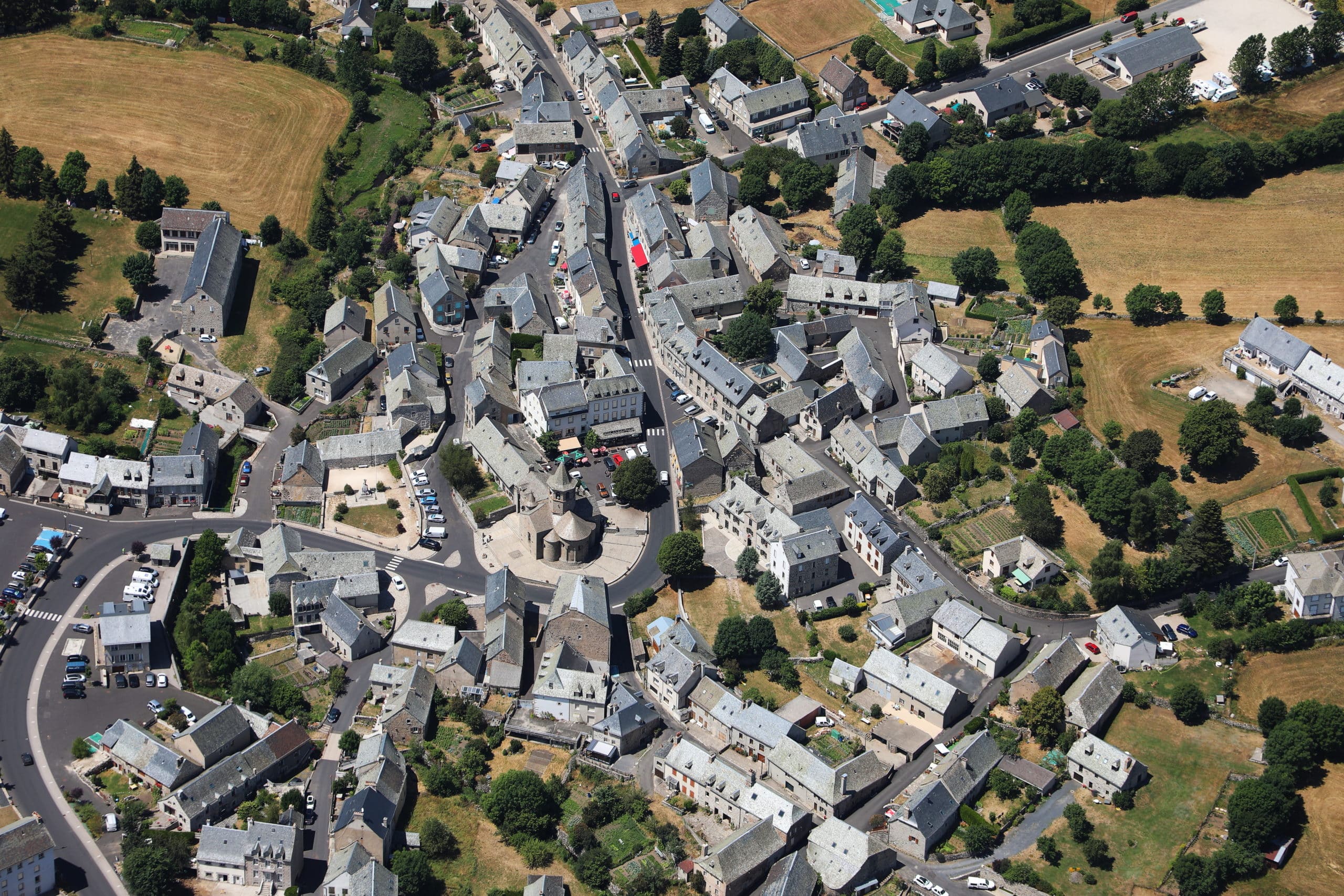
With its 4’000 shops, 60 interior streets, and multiple historical layers, it is one of the largest commercial complexes in the world. And yet it is the result of neither a comprehensive plan nor a singular act of design.
It was born—and continues to evolve—through the aggregation of elementary cells: stalls, alleys, patios—repeatable and adaptable modules whose ordered accumulation reminds us of a truth long forgotten by modern urbanism: organic monumentality—that of the street, the avenue, or the simple market lane—rests less on the isolated grandeur of each urban object than on the strength and intensity of their relationships.
2. Fine granularity does not immediately produce
grandeur. It enables its emergence
It allows for growth, appropriation, transformation—with a remarkable flexibility that lies in the fact that it doesn’t require synchronized initiatives, nor the pre-existence of a finalized plan.
It replaces the totalizing vision with a mix of self-organization, strong principles and local rules all seeking for global harmony, whose outcomes often escape prediction—but rarely beauty

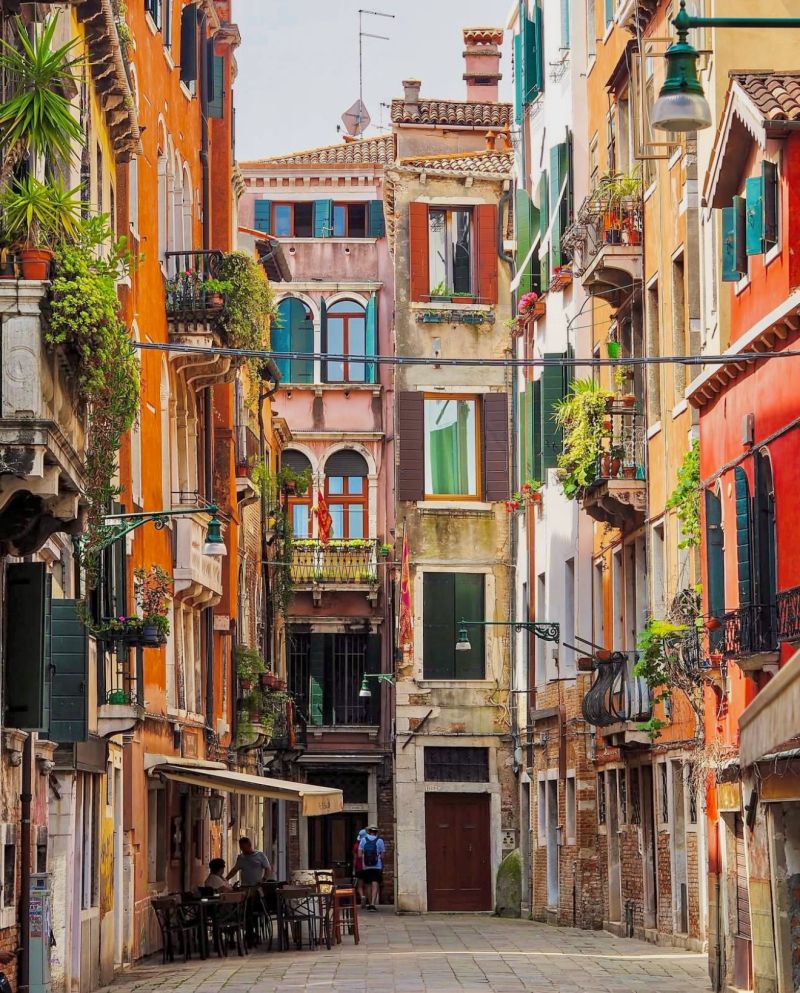 .
.
3. What we call grandeur
in urbanism might therefore shift in meaning
Let us leave behind height contests, oversized gestures and massings, symmetries that are only perfect when seen from above.
Let us work instead on density

 of uses, lived complexity, historical depth, evocative power. And organic beauty.
of uses, lived complexity, historical depth, evocative power. And organic beauty.
The grandiose not as a project, but as an emergence.
What if the future grandeur of our cities lay not in the gigantism of form—but in the fertility of the grain ?
gives birthto its own future : plot division as a major art of organic urbanism
